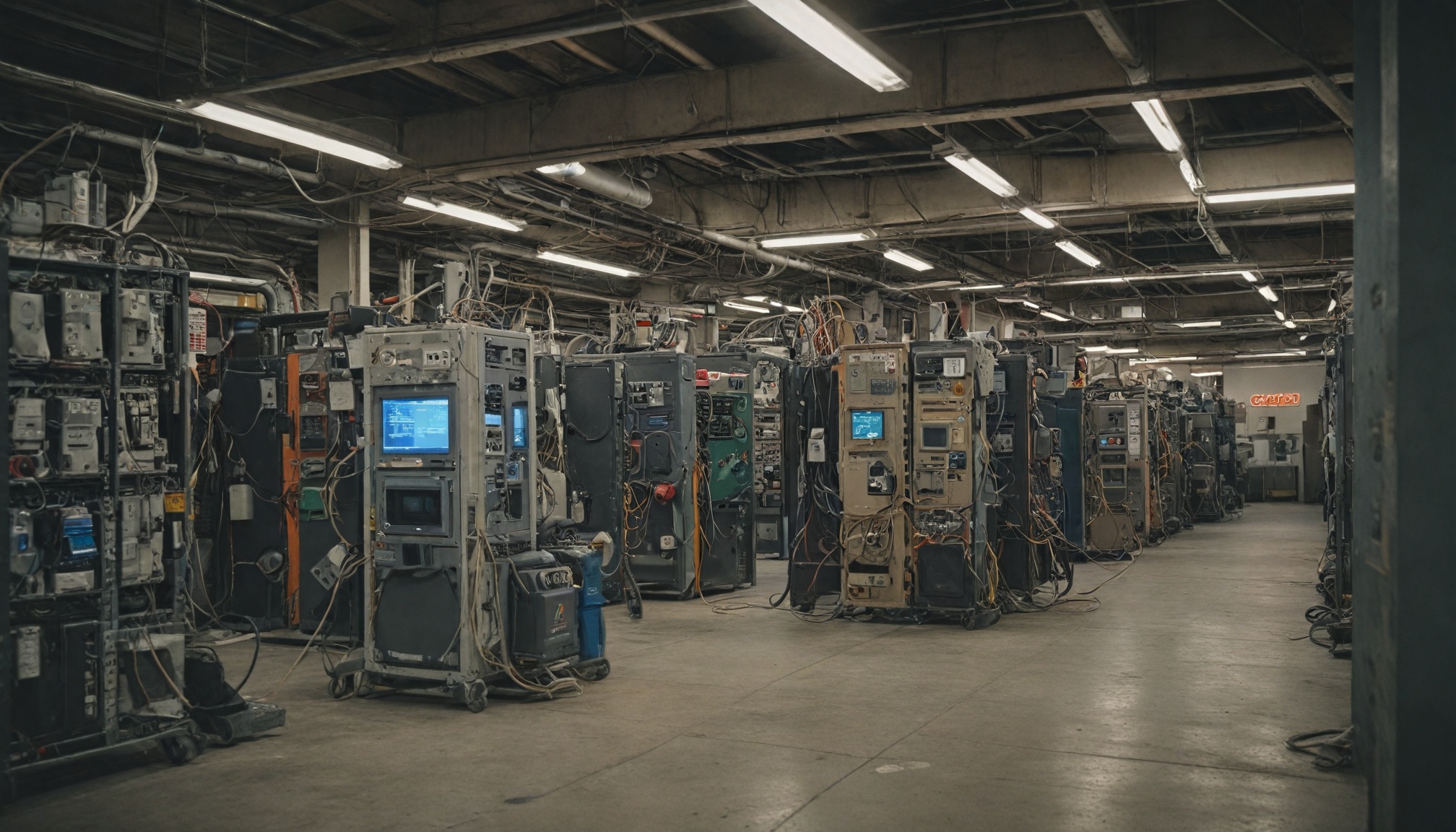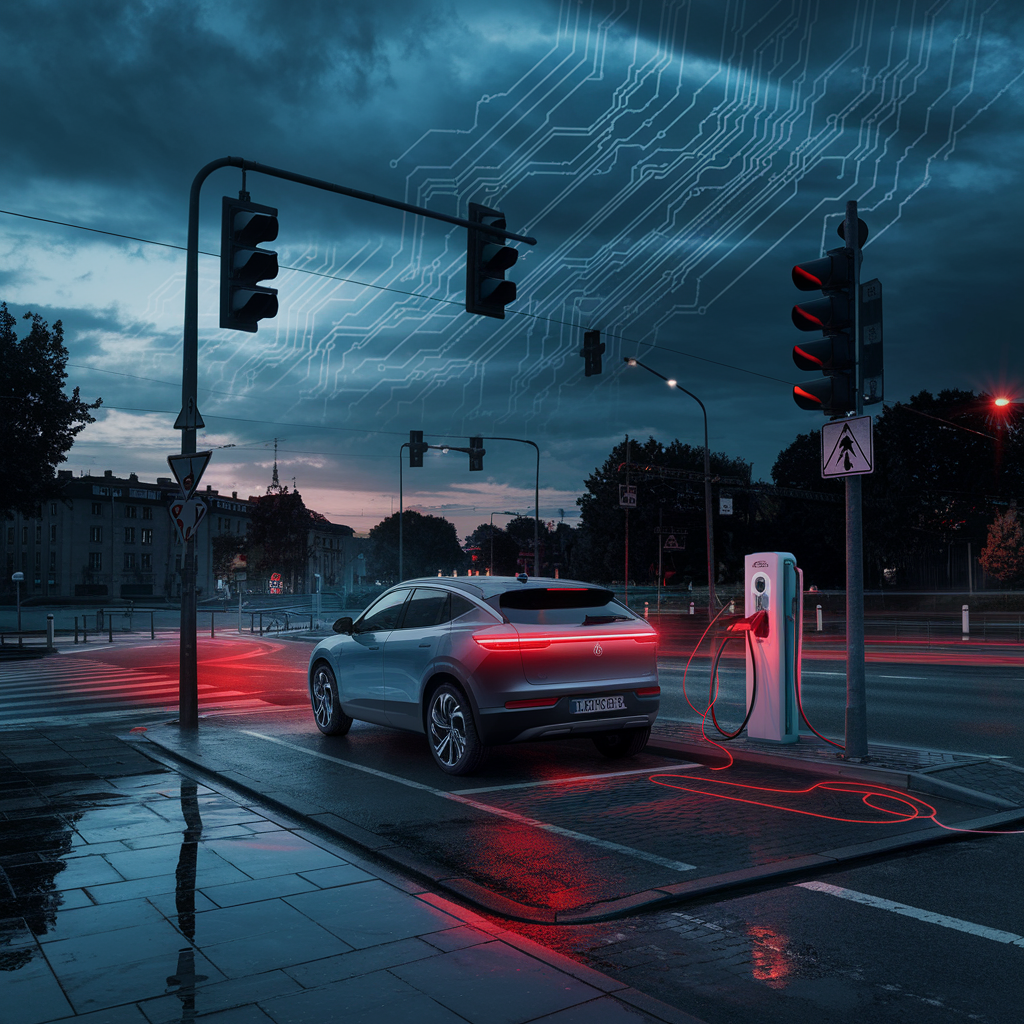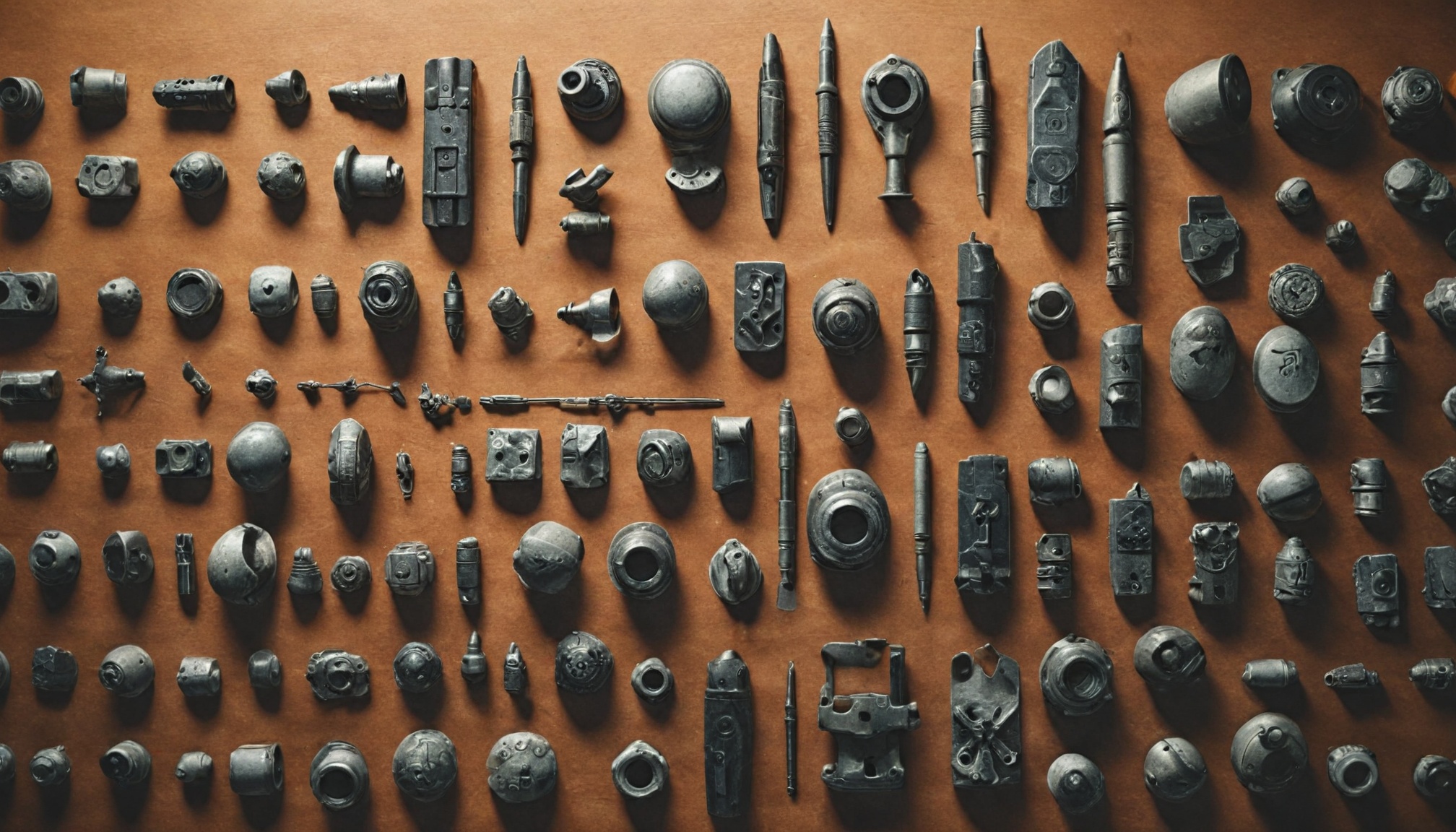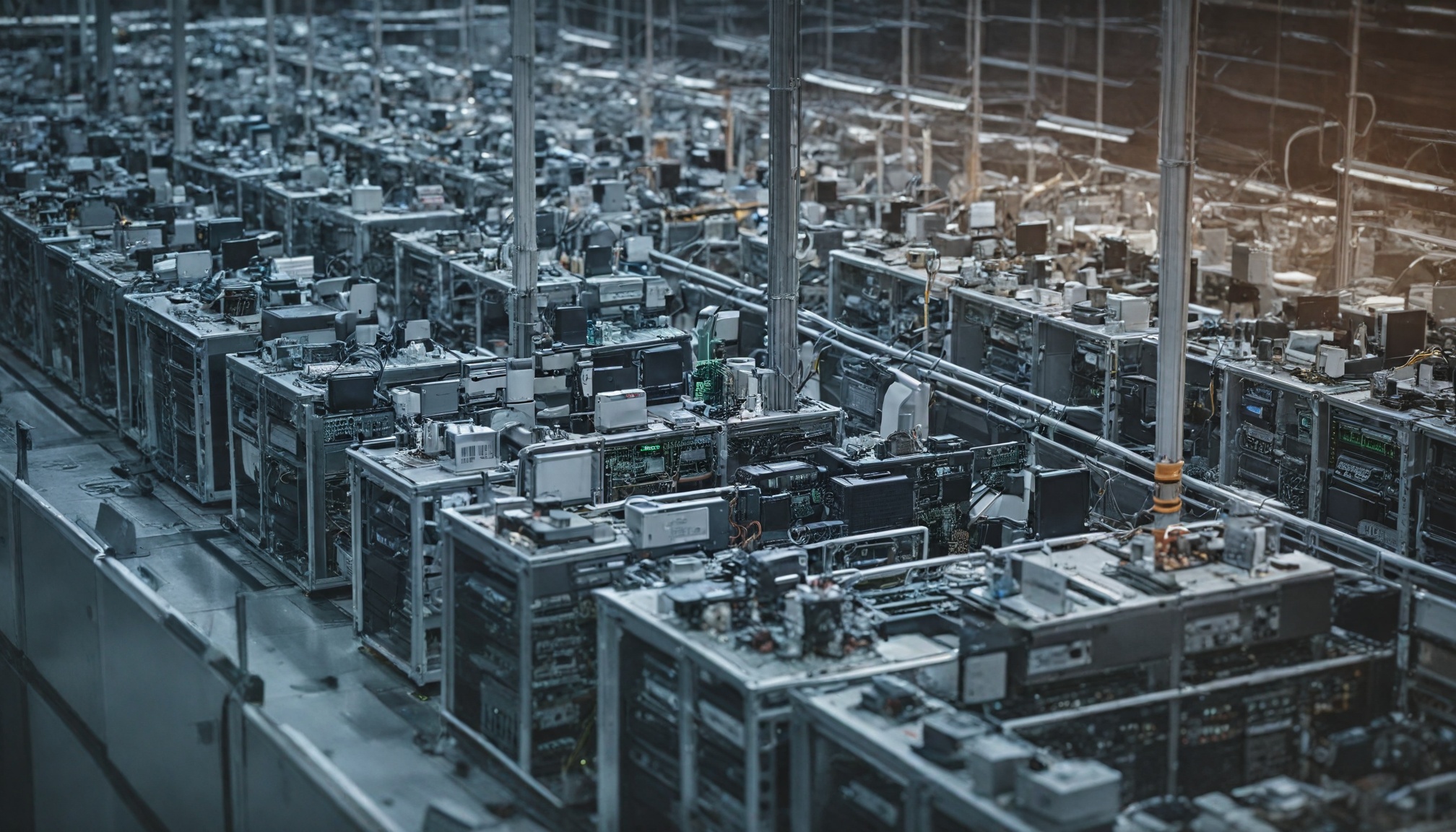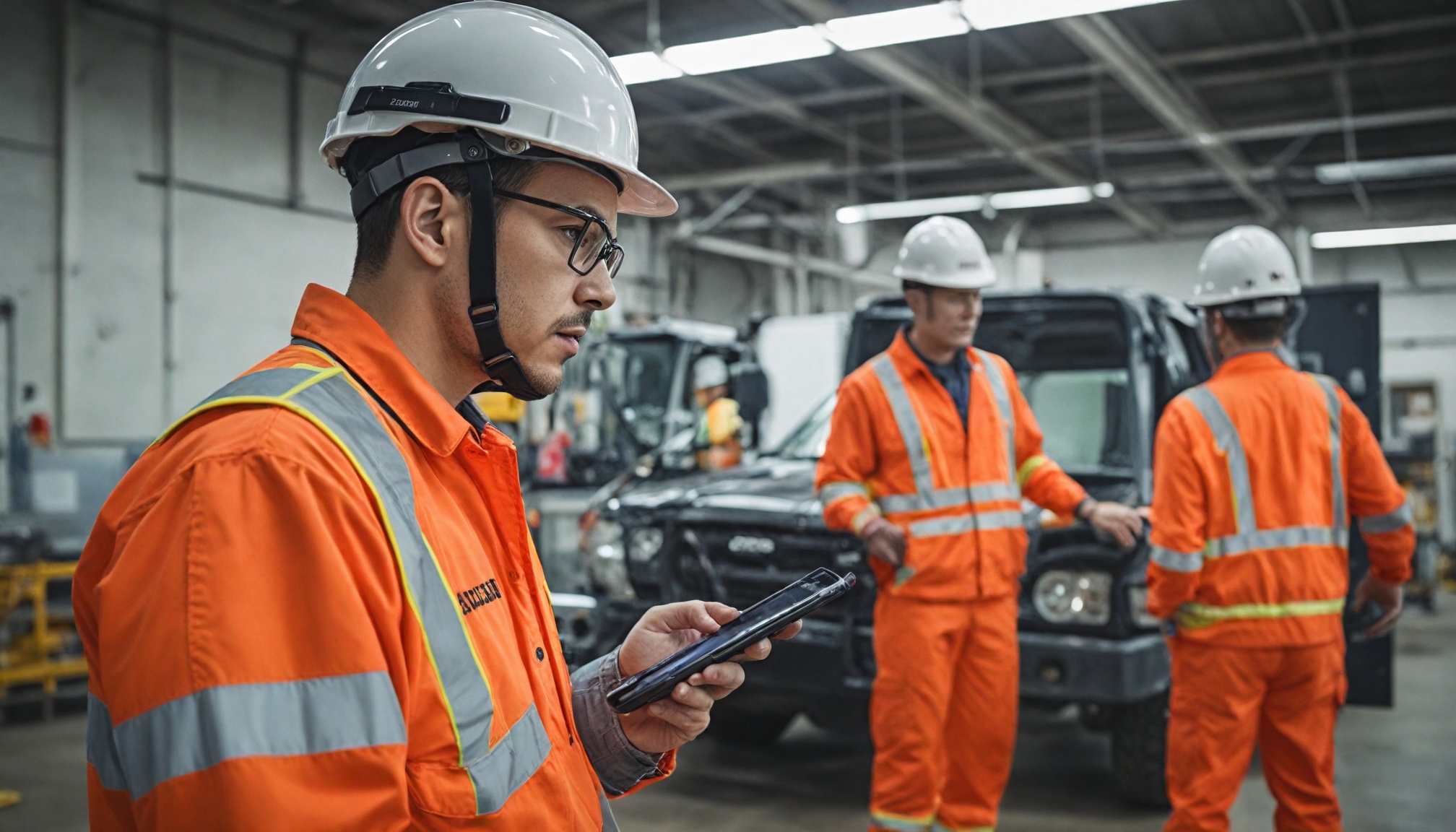
AI wearables and integrated monitoring systems transform workplace safety from reactive to proactive, reducing injuries by 35-45% in high-risk industries.

Drivetech Partners
The workplace safety landscape is being radically transformed by AI-powered wearables and real-time data integration systems that protect workers in high-risk industries like construction, manufacturing, and transportation. These advanced technologies are shifting safety paradigms from reactive incident response to proactive prevention, with innovations such as long-lasting connected wearables, comprehensive vehicle monitoring systems, and engaging mobile applications creating a measurable impact on incident reduction and worker wellbeing.
Key Takeaways
AI safety wearables with year-long battery life are monitoring everything from ergonomic movements to biometric signs of fatigue in real-time
Industries implementing integrated safety systems report 35-45% reductions in workplace injuries and significant cost savings
Vehicle-based 360-degree AI camera systems have reduced accident rates by 30-50% while improving driver retention
Gamified safety applications show 3x higher knowledge retention compared to traditional safety training methods
Organizations are leveraging these technologies to create data-driven safety cultures that transform how risks are identified and managed

The Evolution of Safety Wearables: From Simple PPE to AI-Powered Protection
The transition from basic personal protective equipment to intelligent connected devices represents one of the most significant advances in workplace safety. Modern AI-powered wearables go far beyond simple protection, actively monitoring worker health, movement patterns, and environmental conditions to prevent incidents before they occur.
These sophisticated devices come in various forms, including:
Smart belts that analyze lifting mechanics and posture
Connected vests with embedded sensors tracking movement and location
Biometric monitors detecting signs of fatigue or heat stress
Exoskeletons reducing physical strain during repetitive tasks
Samsara's connected safety wearable stands out with its impressive year-long battery life and seamless integration into central safety platforms. This durability addresses a common pain point in industrial settings where frequent charging isn't practical. When a worker experiences a fall or shows signs of distress, these devices instantly alert safety managers, enabling rapid response.
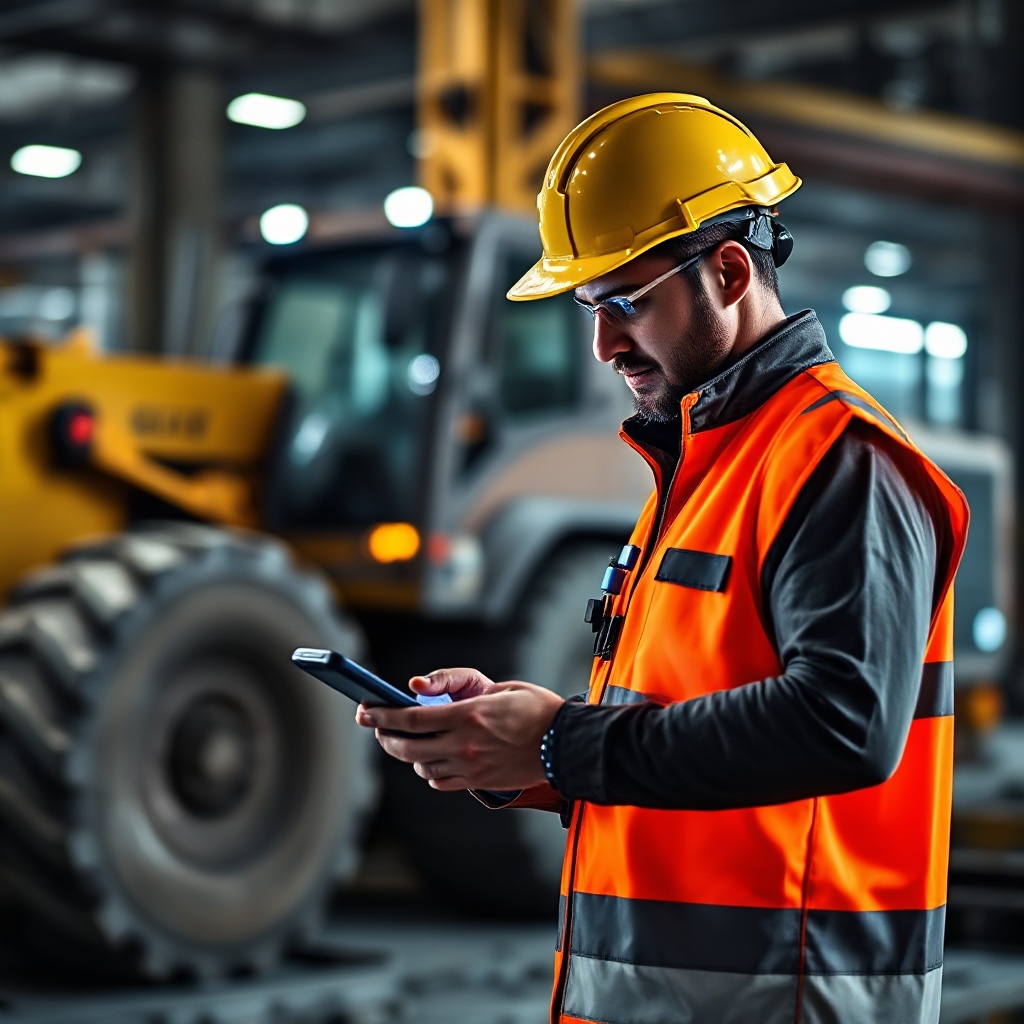
The Modjoul SmartBelt exemplifies how these technologies can prevent common workplace injuries. The belt uses AI to analyze movement patterns and delivers haptic feedback—subtle vibrations—when it detects risky movements that could lead to musculoskeletal injuries. This real-time coaching helps workers develop safer habits naturally over time.
Leading providers in this space include SlateSafety with their BAND V2 wearable that combines vital monitoring with environmental sensing, along with innovations from StrongArm, Ottobock, Palladyne AI, and Rombit. These devices typically monitor:
Heart rate and body temperature
Movement patterns and ergonomic positioning
Proximity to identified hazards
Environmental factors like toxic gas presence or extreme temperatures
Vehicles as Safety Hubs: 360-Degree AI Camera Systems
For industries relying on transportation and heavy machinery, vehicles have become sophisticated safety platforms equipped with AI-powered monitoring systems. Samsara's AI Multicam exemplifies this approach, providing complete visual awareness for vehicle fleets through strategically positioned cameras that work together as an integrated system.
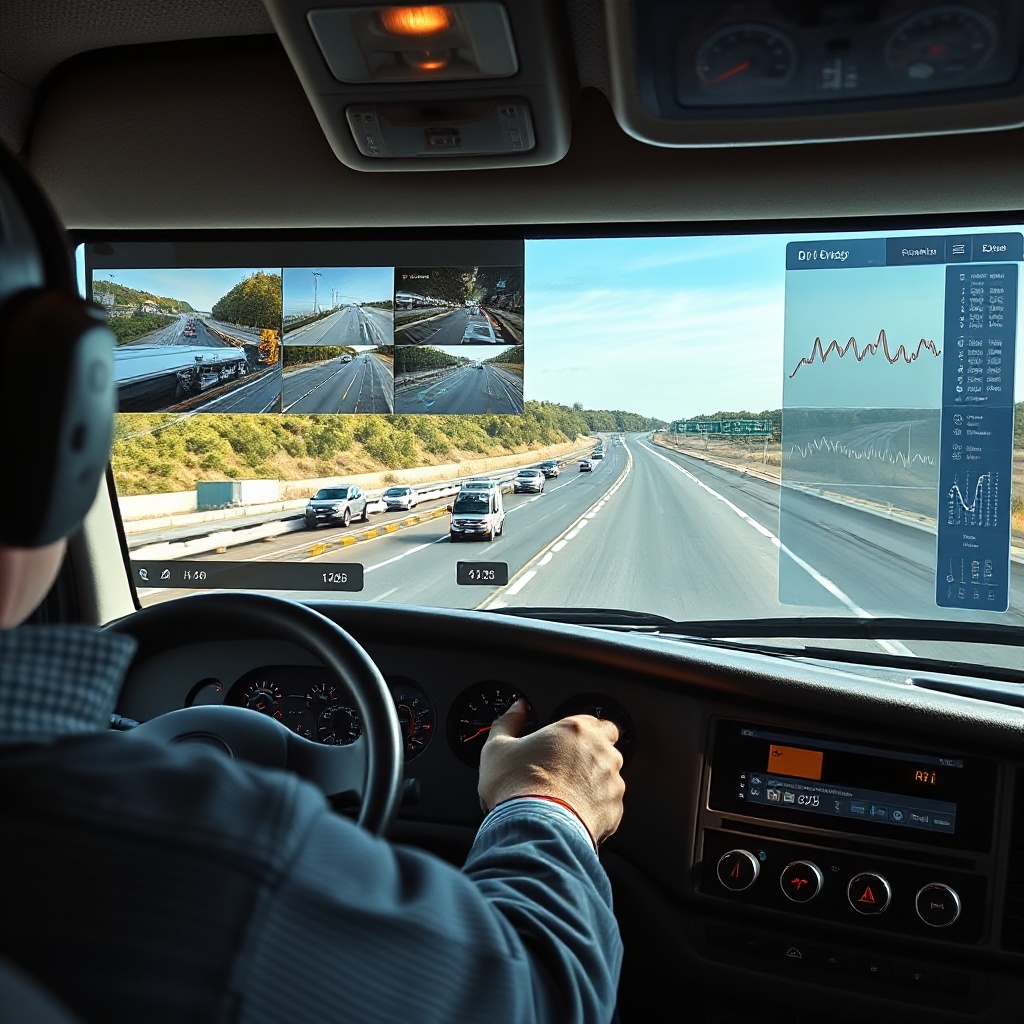
These camera systems can identify potentially dangerous driver behaviors in real-time, including:
Distraction (phone use, eating, looking away from the road)
Signs of drowsiness or fatigue
Failure to wear seatbelts
Following too closely or unsafe lane changes
When these systems detect risky behavior, they instantly flag dangerous situations and produce incident reports that feed into coaching programs. The impact has been substantial, with documented outcomes including 30-50% reduction in accident rates, 25% improvement in driver retention, and 60% shorter investigation times following incidents.
These camera systems don't operate in isolation—they integrate with vehicle telematics to correlate driving behaviors with operational data like speed, braking patterns, and engine performance. This comprehensive approach has proven valuable across multiple industries, from delivery fleets to construction equipment and heavy machinery in mining and manufacturing operations.
Engaging Workers Through Gamified Safety Applications
Even the most advanced safety technology falls short if workers don't actively participate in safety protocols. That's where gamified mobile applications have made a significant impact, leveraging both AI and behavioral psychology to keep frontline workers engaged with safety programs.
These applications transform traditionally dry safety content into interactive experiences with features like:
Safety leaderboards showcasing top performers
Achievement badges for completing training or identifying hazards
Reward systems for reporting near-misses
Microlearning modules delivered at optimal times
The results speak for themselves—companies implementing these approaches report 40-60% increases in safety engagement and up to 70% improvement in near-miss reporting. Perhaps most impressively, gamified approaches show three times higher knowledge retention compared to traditional safety training methods.
Leading platforms in this space don't operate independently but integrate with wearable data to personalize safety coaching based on individual risk profiles. This creates a virtuous cycle where workers receive targeted guidance based on their specific behaviors and working conditions.
The Data Integration Ecosystem: Connecting Safety Technologies
The true power of these safety innovations emerges when they're connected through comprehensive integration platforms. Real-time monitoring systems aggregate data from wearables, cameras, environmental sensors, and smart badges into central dashboards, providing safety managers with a complete picture of operations.
This integration enables coordinated emergency response. When a worker's wearable detects a fall, the system can automatically:
Trigger evacuation protocols if needed
Send precise location data to rescue teams
Halt dangerous machinery in the vicinity
Alert nearby workers to provide assistance
Beyond emergency response, these integrated systems leverage predictive analytics to identify potential hazards before accidents occur. By analyzing patterns in historical and live data, AI safety platforms can flag conditions that have previously led to incidents, allowing preventive measures before workers are placed at risk.
Platforms like Aatmunn provide comprehensive analytics capabilities including incident tracking, near-miss mapping, and environmental monitoring. The types of data collected and analyzed span worker movements, biometric signals, equipment status, environmental conditions, and behavioral patterns.
Organizations implementing these integrated systems report impressive outcomes: 35-45% reductions in workplace injuries and 20-30% cost savings in workers' compensation claims. These results demonstrate that data integration isn't merely a technical convenience but a fundamental safety enhancement.
From Alert Fatigue to Actionable Intelligence: Overcoming Implementation Challenges
Despite their potential, implementing advanced safety systems comes with challenges. One significant issue is "alert fatigue"—when systems generate too many notifications, workers and managers can become desensitized to warnings, potentially missing critical alerts.
The solution lies in integrated safety platforms that correlate multiple data streams to reduce false positives and prioritize significant risks. By analyzing patterns across different sensors and systems, AI can distinguish between routine variations and genuine safety concerns.
Another common challenge is siloed data that prevents comprehensive risk assessment. When safety information exists in isolated systems, organizations can't develop a complete picture of their risk landscape. Effective AI systems must connect safety data with operational information like shift schedules, maintenance records, and production demands.
Measuring real impact beyond simple detection presents another hurdle. Organizations need standardized safety metrics and analytics frameworks that demonstrate ROI and actual incident reduction. Without clear measurement, it's difficult to justify continued investment in safety technology.
Best practices suggest a gradual implementation approach with worker feedback loops and continuous system refinement. Starting with limited deployments allows organizations to address issues, build acceptance, and refine their approach before scaling across operations.
Creating a Data-Driven Safety Culture: Organizational Transformation
The most successful implementations of AI-powered safety systems go beyond technology to foster proactive safety cultures that shift from incident response to prevention. This cultural transformation shows tangible benefits: 25-40% lower accident frequency, 15-30% reduced compensation claims, improved morale, and higher productivity.
Successful organizations embed these tools into safety leadership practices and continuous behavioral coaching. Rather than treating technology as a replacement for human judgment, they position it as an enabler that enhances decision-making and reinforces safety values.
Worker privacy concerns must be addressed through transparent policies about data collection and usage. When employees understand how their information is used to protect rather than police them, adoption rates and effectiveness improve dramatically.
Organizations report several markers of cultural transformation, including:
Increased voluntary safety reporting
Greater cross-functional collaboration on safety initiatives
Employee-driven safety innovations and suggestions
Shift from compliance-focused to prevention-focused mindsets
The key success factor remains treating safety technology as an enabler of human judgment rather than a replacement. The most effective systems augment human capabilities rather than attempting to automate safety entirely.
The Future of Connected Safety: What's Coming Next
The evolution of safety technology shows no signs of slowing. Next-generation wearables will feature enhanced AI capabilities that predict worker-specific risks based on physical condition and work patterns, allowing for truly personalized protection.
Integration with augmented reality will provide real-time safety guidance through heads-up displays and smart glasses, allowing workers to receive contextual information without taking their attention away from tasks. This could include highlighting hazard zones, displaying equipment-specific safety protocols, or providing visual guidance for complex procedures.
Digital twins of worksites will allow safety planners to simulate operations and identify risks before work begins. By creating virtual replicas of physical environments, organizations can test different scenarios and identify potential hazards without putting workers at risk.
Autonomous systems will increasingly work alongside humans with built-in safety protocols that adapt to human presence. Rather than creating new risks, collaborative robots and automated equipment will incorporate sophisticated sensing to protect their human counterparts.
Blockchain technology will create immutable safety records that follow workers across employers and job sites, ensuring consistent protection regardless of workplace. This could be particularly valuable in industries with high worker mobility or multiple subcontractors.
As these technologies mature, regulatory frameworks are evolving to incorporate data-driven safety approaches and establish new compliance standards. Forward-thinking organizations aren't waiting for regulations to catch up—they're already

